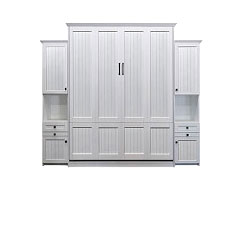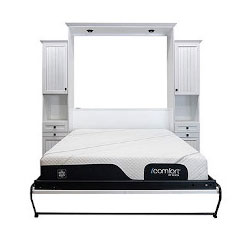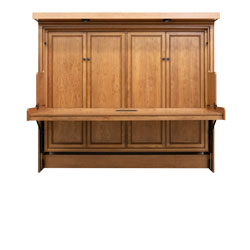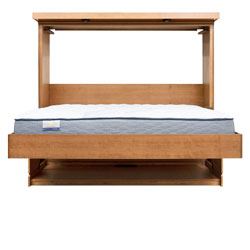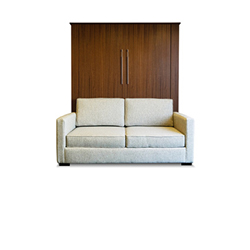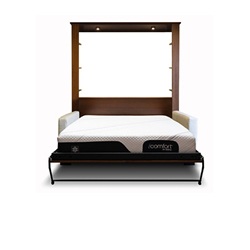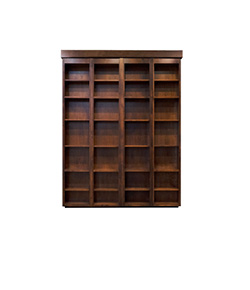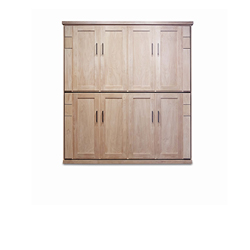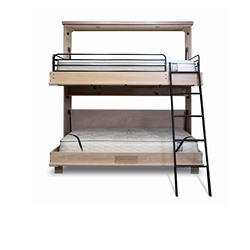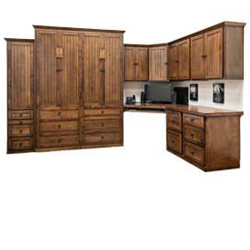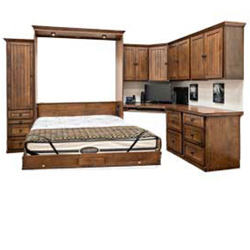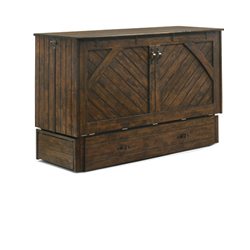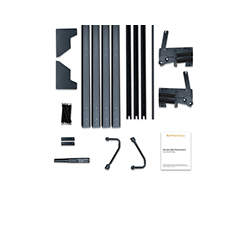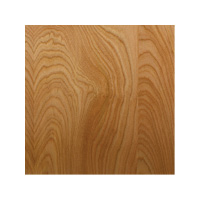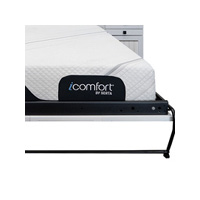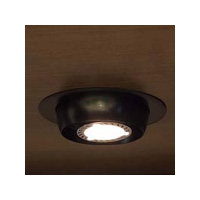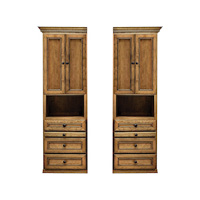How To Disinfect Your Home
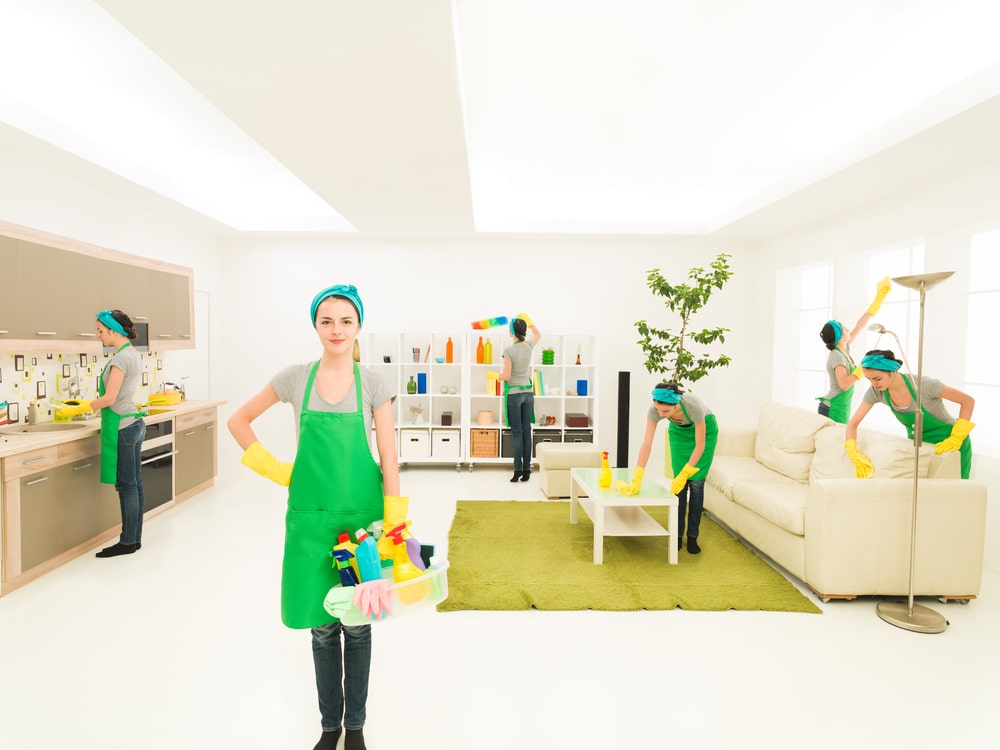 Now, more than ever, it is extremely important for all of us to keep everything we have as clean as possible. The experts are telling us that the most important thing to do is wash your hands and to keep your distance from as many people as you can. In addition, making sure that your home — where you are probably going to be spending a whole lot of time in the next few weeks — is clean will be very important in staying healthy.
Now, more than ever, it is extremely important for all of us to keep everything we have as clean as possible. The experts are telling us that the most important thing to do is wash your hands and to keep your distance from as many people as you can. In addition, making sure that your home — where you are probably going to be spending a whole lot of time in the next few weeks — is clean will be very important in staying healthy.
What To Do Around Your Home
Even with the antimicrobial protection as a permanent part of your furniture, it may feel like you are fighting a losing battle against the germs in your home — especially if you have kids. The goal of this article is to provide some tips and advice to help you make sure that you win that war against germs in your home. This will help keep the colds, flu, and the Coronavirus from spreading through your family and community. Here are some tips from WebMD to get you going.Getting Started
For the most part, high-traffic areas of your home are where most of the work needs to be done. Taking care of these areas can make a big difference in stopping germs from gathering and thriving in spots that can be helpful to viruses and bacteria. Studies have proven that the places we think are clean, can be some of the nastiest because they are easily overlooked as a spot that needs to be well-cleaned.Necessary Cleaning Supplies
When you use soap and hot water, you can get rid of much of the dirt and give the appearance of being completely clean. And in many cases, this is enough. But not all of the time. This is where disinfectant needs to come in. Use a cleaner-disinfectant to take care of your countertops and all bathroom surfaces. Any areas with sticky spills or dirt should be cleaned with soap and water and then disinfect. If you are looking for a cheap alternative to buying disinfectant, you can mix three teaspoons of bleach with a gallon of water. Apply it and let it sit for 3-5 minutes. Then you can dry it with a towel or rinse it and let it air dry. Just be sure to wear gloves and open a window when you are using bleach.What To Clean And When
Eliminating the germs from your home is something that should be happening on a regular basis. These guidelines will help you know what you should be cleaning and how often it should be happening.Daily Cleaning
Do the following each day.- Clean and disinfect your countertops, sink faucet and handles, refrigerator handles, and cutting boards. Do this in both the kitchen and bathroom.
- When you are cleaning, use dishcloths that you can throw in the washer with hot water. Use a fresh, clean towel or dishcloths each day.
- Clean any spills on the kitchen floor (or other floors) so they don’t attract more dirt and bacteria.
- Empty bathroom garbages — especially any with dirty diapers. Use some sanitizing spray on those containers.
- If you have pets, put their dishes in the dishwasher.
- If you have young kids, clean and disinfect their changing table. Put their pacifiers in the dishwasher or hand wash them.
Weekly Cleaning
Do the following each week in addition to the daily cleaning listed above.- Wash the kitchen sink strainer in the dishwasher.
- Clean the knobs on your stove.
- Clean and disinfect the kitchen sink, bathroom sink, bath, and toilet.
- Clean and disinfect your toothbrush holder. Or clean it in the dishwasher.
- Wash your bathroom towels and bed linen. Avoid fluffing or shaking them to prevent spreading germs and dust.
- Mop the floors and vacuum carpets.
- Use disinfectant on your computer keyboards, light switches, telephones and remote controls with a disinfecting wipe that doesn’t contain bleach. You’ll want to make sure your electronics are turned off and press the wipes before using them to remove any excess moisture.
Monthly Cleaning
Do the following each month in addition to the weekly cleaning listed above.- If you have pets with toys, wash their toys with hot, soapy water and disinfect. Give them a good rinse and let air dry.
- Clean out your drain by pouring a solution of 1 teaspoon bleach and 1-quart water down the sink. This will sanitize the drain and garbage disposal. White vinegar is another option to use for this.
- Coffee drinker? Don’t forget to clean the coffeemaker.
Cleaning Your Phone
 You can wash your hands frequently throughout the day, but its effectiveness is lost if you don’t also clean the items that you are touching frequently. Probably the number one thing people have their hands on is their phone. So in addition to cleaning your hands, you should be making sure your phone is clean too. Here’s how.
The best course of action is to use some disinfectant wipes — preferably you’ll use wipes that contain 70% isopropyl alcohol on your phone screen. Just within the last few days, Apple announced that using Clorox Wipes on your phone is ok.
Don’t use rubbing alcohol. This can ruin the oleophobic and hydrophobic coatings that keep oil and water from damaging your display and other ports.
You can wash your hands frequently throughout the day, but its effectiveness is lost if you don’t also clean the items that you are touching frequently. Probably the number one thing people have their hands on is their phone. So in addition to cleaning your hands, you should be making sure your phone is clean too. Here’s how.
The best course of action is to use some disinfectant wipes — preferably you’ll use wipes that contain 70% isopropyl alcohol on your phone screen. Just within the last few days, Apple announced that using Clorox Wipes on your phone is ok.
Don’t use rubbing alcohol. This can ruin the oleophobic and hydrophobic coatings that keep oil and water from damaging your display and other ports.
Removing Smudges
It is virtually impossible to use your phone without leaving fingerprint smudges thanks to the oils that are produced by the skin. How can you get rid of them? The best way to do this is with a microfiber cloth. Just use some distilled water to get the cloth wet and wipe the screen. Do this on the back and sides as well. Do not squirt water directly onto your screen. Another option is to use a microfiber screen cleaner sticker. Just stick it to the back of your phone, pop it off when you need to wipe down your phone.Keyboard And Mouse
Anyone who uses their computer a lot should really be taking care of the keyboard and mouse to keep it clean. If not, your keyboard can actually be dirtier than your toilet seat. Let’s not think about that. Instead, let’s focus on how to keep them clean. Luckily, it shouldn’t take you more than five minutes. Here’s what you need to do.- Keyboard — First, unplug it or turn off the power if you have a wireless one. Laptops should be unplugged and powered down. Next, turn it upside-down and shake out any loose debris. The next step is to get rid of any grime that is between the keys. You can do this with some clear tape or with cleaning slime that will pull the grime out of the tiny spaces and corners that are hard to reach. Another option is to use compressed air which will help to eliminate crumbs, dust, and whatever else might be between your keys. Next, wipe the tops of the keys on your keyboard, touchpad and entire surface area with some disinfectant wipes. Just don’t use any that have bleach in them.
- Mouse — Start by disconnecting your mouse and removing the batteries. Flip it upside down and use the scroll wheel. This should help to dislodge anything that may have been stuck inside. Now use disinfectant wipes to clean the mouse. You’ll want to be sure that the wipes aren’t too wet and drip into any openings. Give it a squeeze before wiping. Do this before you wipe the keyboard too.
- One more thing — Before putting the batteries back in or turning the power back on, make sure that your mouse and keyboard are completely dry. This won’t take much time and then you’re ready to get back to work.
Cleaning Your Car
It is also important to keep those germs out of your car. No matter how well you do keeping yourself and your home clean, when you are out in public you may be at the mercy of the cleanliness of those you come into close contact with. Their germs can make a home inside your car. And if you have got children riding in your vehicle, the likelihood of needing to sanitize your car greatly increases. The spots that could use sanitation each day include the door handles, controls, keys, steering wheel, shifter, seats, knobs, and buttons on the dash, touchscreens, console, and cup holders. The majority of these places just need to be wiped clean with a disinfectant wipe. You can get wipes that are made specifically for any leather in your car that needs to be cleaned. Microfiber cloths work well for touchscreens. If you have cloth seats, Lysol spray is a good option.Additional Tips
These suggestions can help you get your cleaning done faster.- Use a disinfectant wipe to clean your debit and credit cards.
- Storing all of your deep cleaning products together in one place. Then they’ll be ready for quick use when it’s time to clean.
- Apply the disinfectant and while letting it sit, work on a different chore to get two things accomplished at the same time.
- Using plastic liners in your garbage cans will prevent many spills and leaks that could require additional cleaning.
- Cleaning immediately after a spill — on the floor, in the fridge, or anywhere else — can prevent messes from becoming even bigger messes.
